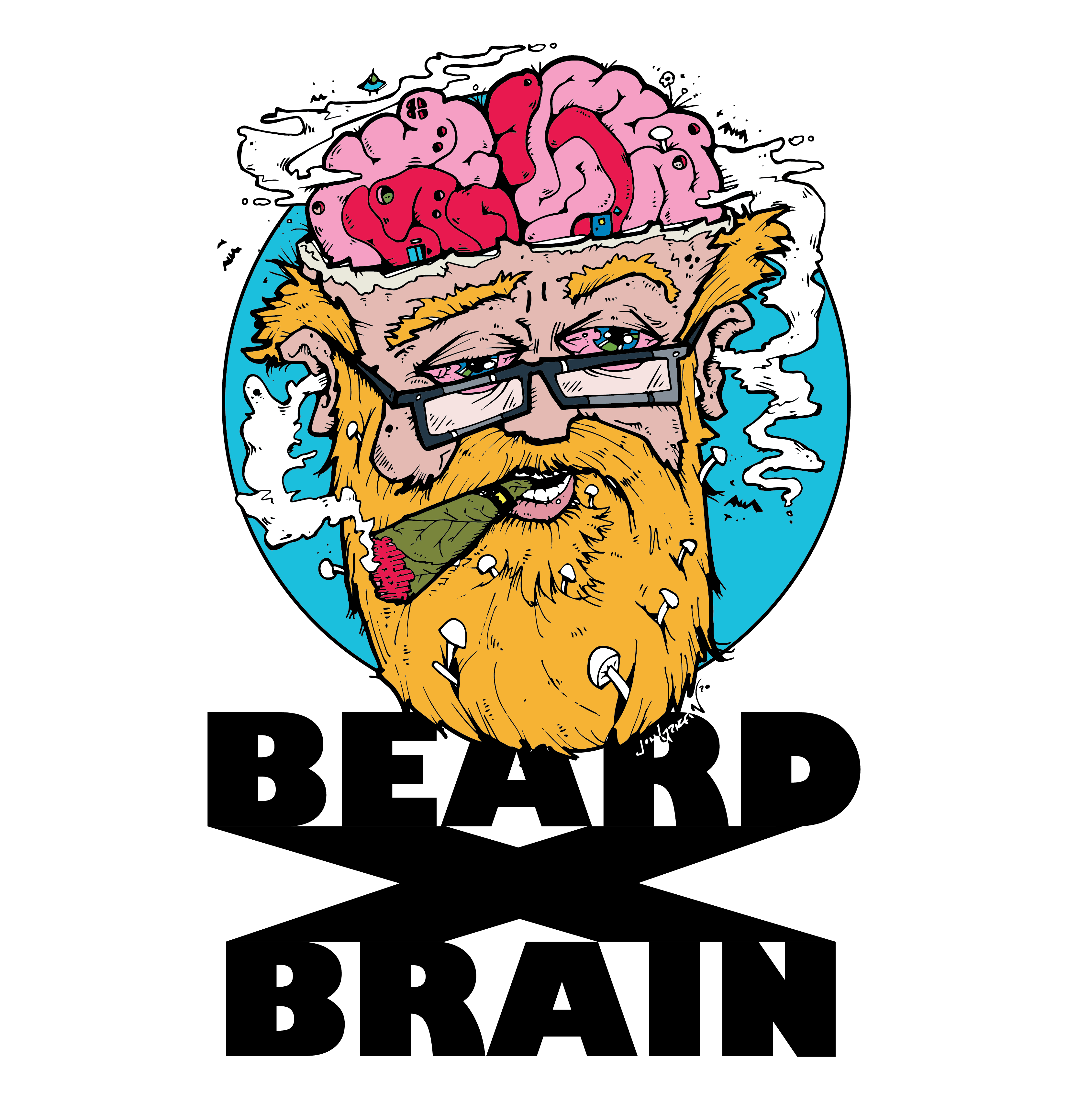Aha! If you are reading this then either the clickbait worked or you’re genuinely curious as to what in the heck I am talking about.
My business partner and I often have discussions as to how academia prepares young marketers to be CMO’s, but often offers limited resources to provide lessons applicable to entry-level marketing jobs.
Hell, I have accumulated five degrees thus far and still learned more about marketing from blogs and YouTube then I ever did in academia.
This is not to suggest that academia is worthless to young marketers, I personally feel that university is an endurance contest and enables one to learn discipline and the fundamentals of marketing and life in general.
Though I have always been surprised that the academic approach to marketing courses never once mentions the history of how modern marketing came about, or its godfather Edward Bernays.
From my experiences, I learned everything from consumer dynamics to the four “p’s” (or six “p’s” if you consider Dr. Bakamitsos lexicon). So I decided to write this origins story as a resource for my fellow young marketers to learn how marketing “became a thing”.
I.
When I first entered academia, I accepted the mantra “learn marketing and sociology” from the YouTube gurus and delved deep into books and documentaries. Of course, when reading about psychology you learn about Sigmund Freud, Joseph Campbell, and if you’re lucky Edward Bernays.
Bernays is essentially the godfather of marketing and created the first public relations (PR) firm. He had been interested in propaganda prior to and during World War II and its effect on the people.
Of course, by this time propaganda had a negative correlation, therefore he dawned the term PR.
The “engineering of consent” preaching the second nephew of Sigmund Freud believed that for a government to lead effectively, it must essentially conquer the hearts and minds of its citizens without them even knowing about it.
Bernays’s book, Propaganda, which was published in the 1920s inspired the likes of Joseph Goebbels (yes, that Goebbels). Although Bernays was a Jew, Goebbels adapted the ideas of Bernays’s writings into his campaigns while he was the Minister of Propaganda.
Bernays later found out about this in 1933 and stated:
“They were using my books as the basis for a destructive campaign against
the Jews of Germany. This shocked me, but I knew any human activity can
be used for social purposes or misused for antisocial ones.”
This ultimately led Supreme Court Justice Frankfurter to disallow Bernays to participate in WWII. Frankfurter asserted that Bernays and his colleagues were “Professional prisoners of public minds.”
While this may sound horrid, and serve as a subjective view, in many respects Bernays propaganda/PR is an early form of branding.
II.
Bernays’s observations of the public led to many publicity experiments that are simply ingenious. In 1929, during an Easter parade, he gathered a group of attractive and fashionable women to display their “torches of freedom” (cigarettes) to the masses.
He even worked with big American Tobacco and promoted Lucky Strike cigarettes as soothing to the throat and able to slim waistlines.
Fun Fact: Bernays would go absolutely mad if he caught his own wife smoking cigarettes.
Maybe he was aware of the health implications even then.
The “Father of Public Relations” is also known for helping to establish what is now the focus group.
Through his experiments, he learned how to appeal to the deepest desires of consumers.
In addition to torches of freedom, Bernays promoted to the public that Dixie Cups were more sanitary than conventional glasses.
If that does not add enough salt to the wounds of marketing, Bernays also persuaded 5,000 physicians to sign a document asserting that a heavy breakfast of bacon and eggs was healthier than a light breakfast.
The master of spin might as well have been labeled the master of cholesterol and blood clots.
III.
This article does not mean to suggest that marketing is evil or distasteful, rather an entertaining opinion piece on marketing techniques.
Bernays also created the National Soap Sculpture Competition that lasted 25 years. This was to differentiate the Ivory Soap brand and persuade children to be more receptive to soap and bathing.
Edwards Bernays was brilliant until the day he died in 1995 at the age of 103. His expertise inspired many and he would offer his consultation to political campaigns up until the Clintons at a $1000 per hour fee.
This article barely scratches the surface of Bernays contributions to public relations and marketing.
If you have yet to see the series Century of Self by Adam Curtis, I invite you to take a gander.
You can also find Bernays works on Amazon and read a handful of other blogs that demonstrated his contributions.
Ultimately we are not here to assert that marketing is bad. Though we will agree with Gary Vaynerchuck that “marketing ruins everything”.
With corporate social responsibility (CSR) becoming more prominent
in today’s business culture, more and more marketers are using their platform to contribute more effectively to social causes.
Outbound marketing will never die, the banner ads and direct mail may never end. Though inbound marketing has become an incredibly successful approach to enhancing brand equity.
Storytelling and giving more value to consumers than we receive has helped many businesses thrive.
Shameless Plug/Internal link ��: Marketing 4 Warriors uses the lessons of the last hundred years of marketing and uses it to drive our mission to provide marketing services while simultaneously contributing to survivors of human trafficking. See, marketing is not evil!
If you like this article or have your own thoughts, concerns or trolls please reach out in the comments.
If you like this content sign-up for our newsletter and get fun articles like these directly to your trash inbox.

Hi, this is a comment.
To get started with moderating, editing, and deleting comments, please visit the Comments screen in the dashboard.
Commenter avatars come from Gravatar.